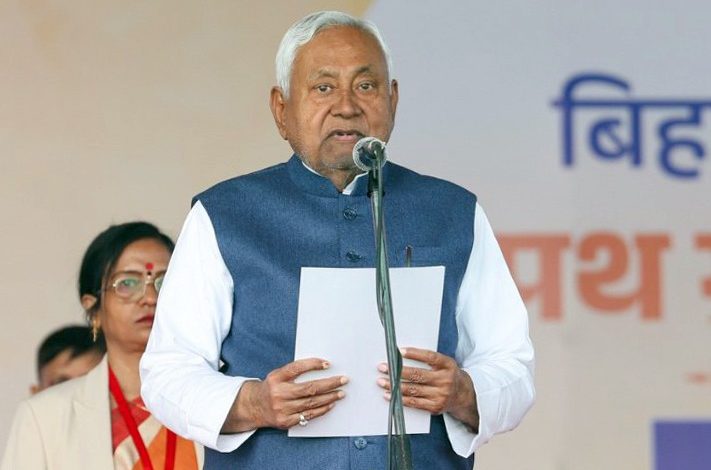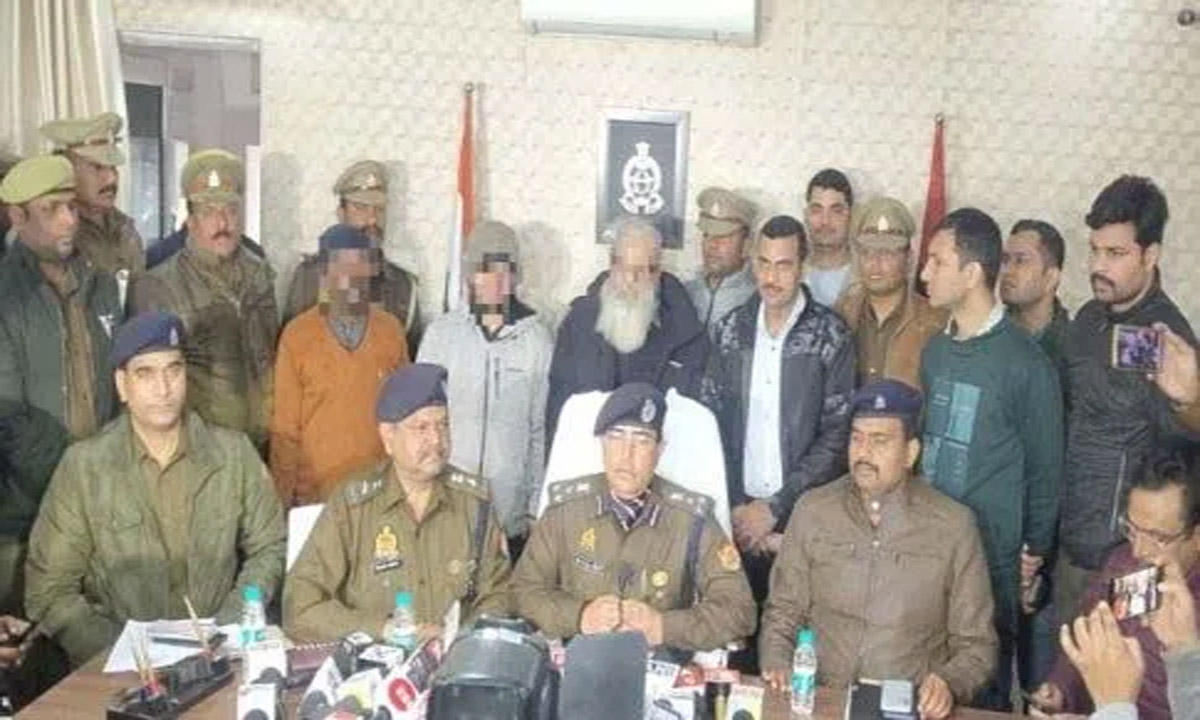
Patna: “I, Nitish Kumar…” At 11:35 a.m. on Thursday, November 20, ill-wishers silently watched him take the oath of office and secrecy for the 10th time as Chief Minister of Bihar. Until then, there was suspicion that the Bharatiya Janata Party (BJP) would not allow the 74-year-old Janata Dal (U) leader to lead the National Democratic Alliance (NDA) state government “this time.”
Similar suspicions arose in 2020 when Nitish Kumar was sworn in as head of the state government, the first democratic election in India after the COVID-19 pandemic, which was shown with masks. However, whether the JD(U) won 43 seats (in the 2020 assembly elections) or 85 (in 2025), whether the ally returned as the sole third- or second-largest party in the Bihar Assembly, the BJP kept its promise to form a government led by Nitish Kumar.
Over his long political career, the JD(U) leader has been associated with several different parties. Born on March 1, 1951, in Bakhtiyarpur, Nitish Kumar emerged from a socialist tradition and entered electoral politics in the 1970s, rising through organizational roles within the Janata Parivar and later the Janata Dal (United).
His first major executive success came in 2000, when he briefly served as Chief Minister, representing the Samata Party. He returned in 2005 and formed a stable government, cementing his public image as a leader focused on governance and law-and-order reform.
Over the next two decades, Nitish Kumar combined his electoral appeal with frequent alliance changes, partnering with the BJP and opposition coalitions as political circumstances dictated. He served several terms as Chief Minister, earning a reputation for his administrative interventions in infrastructure, rural electrification, road construction, and public distribution reforms, earning him the moniker “Sushasan Babu,” or Mr. Good Governance.
His approach combined technocratic initiatives with caste-sensitive political engineering, which helped maintain a large, albeit sometimes shifting, support base. His colleague-turned-enemy Prashant Kishor once famously said in Hindi, which roughly translates to, “Bihar is flourishing under Nitish Kumar’s rule.”
Journalist Sankarshan Thakur titled his biography of Nitish Kumar “Single Man,” describing him as “a cautious man, often too cautious; he won’t tread on ground he’s not sure he can stand.” The book recounts that in 1992, Nitish Kumar wouldn’t even speak to Lalu Prasad Yadav and they had a heated argument.
On the other hand, he strongly opposed Narendra Modi’s election as Prime Minister in 2014. However, he has formed alliances with both at various times, switching sides mid-term, and even leading the state government. But this seasoned politician has a habit of speaking out, even at the cost of being politically incorrect, to which his response when pointed out was “listen to your conscience.”
Recently, reports have emerged that 70-year-old Nitish Kumar was facing persistent administrative challenges in sectors such as health, education, and employment. Nitish Kumar already holds the distinction of being the state’s longest-serving Prime Minister, and now, after completing a full five-year term, he will be among the top three longest-serving Chief Ministers in India.
India’s federal politics offers both examples and variations in styles of long-serving chief ministers, with leaders like Pawan Kumar Chamling of Sikkim and Naveen Patnaik of Odisha having held the distinction of serving for more than 24 consecutive years. As did Jyoti Basu of West Bengal, who stepped down after serving for more than 23 years and four months.
Nitish Kumar has already served a total of more than 19 years and eight months, and the number is growing.




